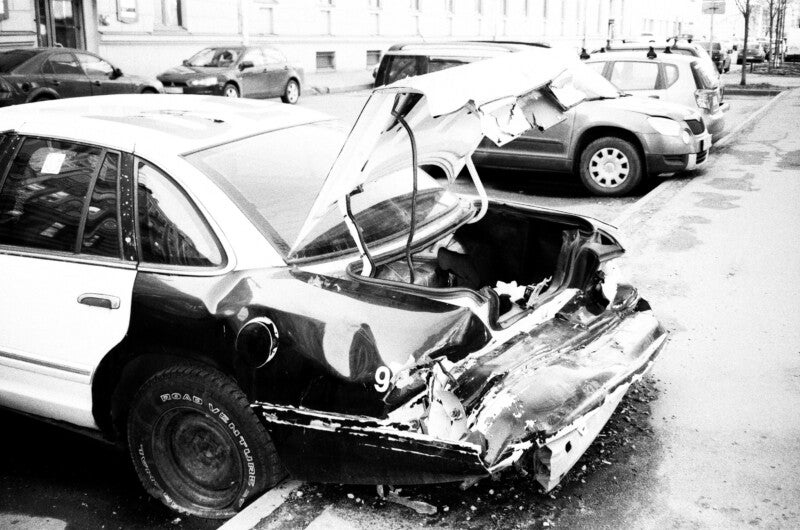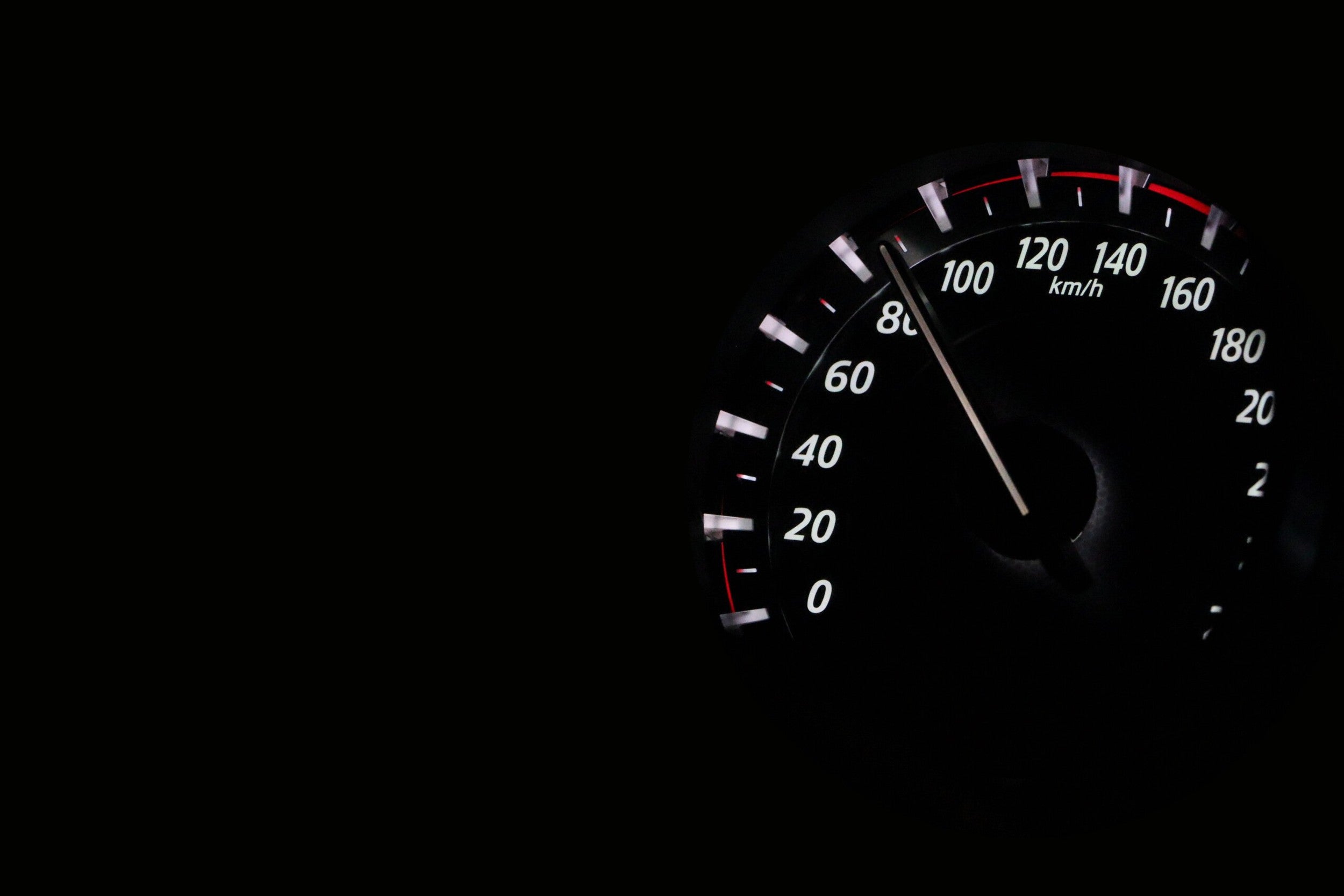Car accidents can be emotionally charged situations. It’s not uncommon for the parties involved to get angry and claim that the other is who’s at fault. Thankfully, insurance companies determine fault in a professional and logical way.
An accident is just that– an accident. Rarely ever is a person intending to hit another car, something that could damage their own property and injure themselves. Even though it is an accident, fault still must be determined to hold drivers accountable for their actions.
To find out just how fault is determined, check out the guide below.
Determining Who’s at Fault
The driver found at fault will be held liable for the other driver’s damages. Obviously, most drivers hope they’re never found at fault. Insurance premiums often rise after a situation like that. Sometimes, more than one party may be found at fault.
To determine who’s at fault, insurance companies need to evaluate all the evidence.
Considering Traffic Laws
Insurance companies need to consider local traffic laws to determine if any were broken and, if so, contributed to the car accident. Merging laws, turning law, and speed limits are some of the most commonly used information.
Examining Police Reports
Police reports provide evidence about what the police observed at the scene. Sometimes the officer will give their opinion about who is at fault. Usually, insurance companies examine these reports to see if there were citations given, witnesses interviewed, what the weather and road condition was, and lots of other important information.
The Type of Accident
There are a few types of accidents were the fault may be immediately determined. For example, rear-end collisions are usually the fault of the driver who rear-ended the other car. Even if a car slams on their brakes, the driver behind them should be at an appropriate distance. Of course, that’s if the accident did not occur in a no-fault state.
Another example is when a driver makes a left turn and hits an oncoming car. The oncoming lanes have the right of way, so the driver turning is at fault. Additional Evidence
Additional Evidence
It’s very prudent for the drivers involved in the accident to take pictures of everything. Take pictures of both cars, any damage, license plates, injuries, the road itself, and anything else significant. These can be used by insurance companies as evidence to determine fault.
If there were witnesses, the police report should include how to contact them. Insurance companies often call up witnesses to help determine who’s at fault.
The Next Steps
No matter who’s at fault, it may be wise to keep an attorney under retainer just in case. A professional attorney can help drivers dispute claims of fault. No one wants their insurance rates to go up after an accident, and a lawyer can help mitigate this. Also, insurance companies often work better and harder when they know there’s an attorney involved.
For more helpful guides and interesting articles about the automotive world, make sure to browse our page.
